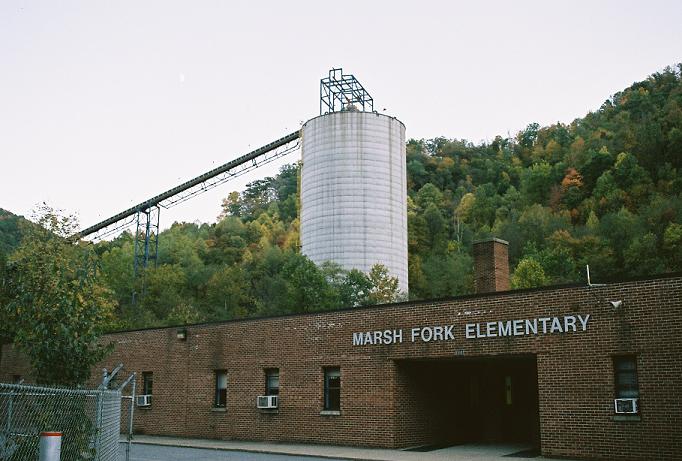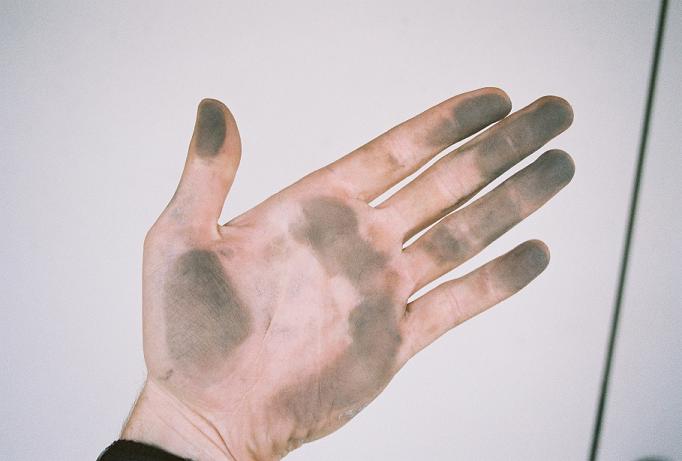| Environmental and Economic Injustice - From Classroom to Community |
![PDF-NOTE: Internet Explorer Users, right click the PDF Icon and choose [save target as] if you are experiencing problems with clicking.](http://rsnonline.org/templates/rsntemplate-smallmasthead/images/pdf_button.png) |
 |
|
Page 2 of 3
My original motivation for incorporating service-learning and experiential learning into my course stemmed from our university’s emphasis on service-learning in the curriculum. Since ethics courses are well suited for service-learning, I decided to take up the challenge. We were urged to assign a minimum of fifteen hours of service in our courses, preferably with a community partner, and structure some in-depth reflection on the service, both through assignments and/or discussion in class. As I mentioned above, meeting some of these requirements in a place with little environmental activism made traditional service-learning impossible. Nevertheless, the experiential learning and service I incorporated into the course met my pedagogical goals and confirmed some of the benefits claimed by the teaching and learning literature. One of my first goals was for students to gain a deeper understanding of the connection between environmental and economic injustice. In class I cover theoretical material and have the students engage case studies that link the two, but the connection often remains abstract until students have a visceral experience. My students got such an experience when they wiped black coal dust off the elementary school door with their hands, saw the polluted murky water that came out of a family’s water heater, heard the stories of numerous people out of work (mountaintop mining needs fewer workers than underground coal mining), and witnessed the scarred landscape and multiple sludge dams in one of the most beautiful places in the United States. The service-learning literature emphasizes the benefit of connecting theory to praxis. Working and praying with activists who are organizing to save their own communities from wholesale environmental destruction made the philosophical readings and the religious inspiration for prophetic justice real for the students. This benefit of service-learning as a pedagogy was confirmed in the theological reflection the students did on their service in light of course readings.
A second pedagogical goal was for students to consider seriously the possibilities of an ecological worldview and environmental sensitivity in their own lives. While grades in my courses are not based on agreement with my worldview and sensitivities, I do not pretend to teach this course from an impartial standpoint. While many of the students who opted to go on the service trip already had an ecological orientation, if I could make the trip a requirement in the future, I believe students would increasingly adopt these possibilities. The teaching and learning literature argues that service-learning promotes more active democratic engagement in society (Lisman and Harvey 2000). The changes my students made personally in their lives, their environmental engagement within the university and in the broader community, and the career goals they have pursued since graduating (e.g., law school and internships to fight MTR; seminary and field placements with congregations engaged in social justice) all demonstrate that service-learning encourages broader democratic participation in society. A third pedagogical goal of all my ethics courses is for students to understand the problems with charitable service approaches that do not address the roots of particular injustices. My students could have simply gone to West Virginia and painted houses for people on welfare (as we did). Had my students stopped there, stereotypes about people who are poor might have been reinforced (the grandmother was taking care of her grandchildren because the mother was in jail for drug use). Only by hearing the stories of hardworking coal miners, seeing underfunded schools situated next to toxic waste dumps, staying in barely insulated houses, and experiencing the lack of decent job opportunities, did my students realize that there were larger systemic factors causing poverty in West Virginia. Students also made the connection between their overuse of energy and the destruction of lively communities in their own backyard. In the last ten years scholars have begun to focus on academic service-learning experiences with a social justice orientation (referred to as “critical service-learning”). A lot of educational service continues to be charity-based, however, with little critical analysis of the ways in which service can often be disempowering for those served, especially if no effort is made to address inequality (of both power and wealth). My expectation is that service with adequate classroom reflection can help students to analyze critically the way power and oppression operate in our society, and from there to envision prophetic solutions to poverty, environmental destruction, and other forms of oppression, not simply solutions that reinforce the status quo. I am aware, however, that critical service-learning proponents argue that promoting social change requires that colleges and universities have students involved with long-term community partners who are working to address real community needs (see Eby; Antoci and Smith Speck; and Devine, Favazza, and McClain). |




